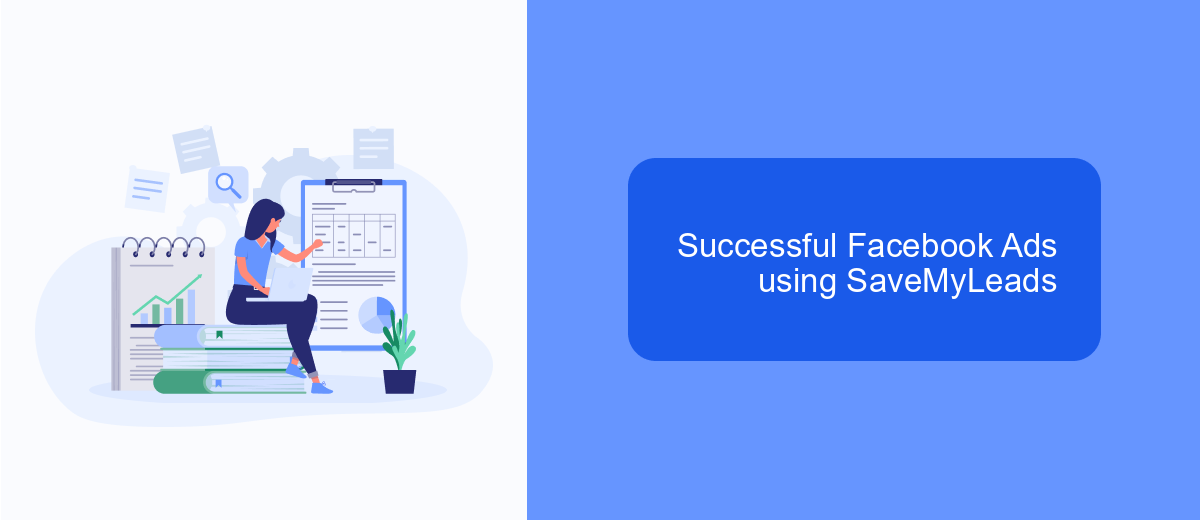In today's digital landscape, Facebook Ads have become a powerful tool for businesses aiming to reach a broader audience and achieve remarkable results. With over 2.8 billion monthly active users, Facebook offers unparalleled opportunities for targeted advertising. This article explores examples of successful Facebook Ads, highlighting strategies that have effectively captured attention, engaged audiences, and driven conversions across various industries. Discover how these campaigns achieved success and learn valuable insights for your own advertising efforts.
Successful Facebook Ads: E-commerce
In the dynamic world of e-commerce, Facebook ads have proven to be a powerful tool for driving sales and brand awareness. Successful e-commerce businesses leverage Facebook's robust advertising platform to reach their target audience with precision. By using engaging visuals and compelling copy, these ads capture attention and encourage users to take action. Whether promoting a new product line or offering exclusive discounts, e-commerce brands can tailor their ads to fit their specific goals and audience preferences.
- Personalized Carousel Ads: Showcase multiple products in a single ad, allowing users to swipe through different items.
- Dynamic Product Ads: Automatically promote relevant products to users who have shown interest on your website.
- Video Ads: Use engaging video content to demonstrate product features and benefits, capturing user interest quickly.
- Collection Ads: Blend video, images, and product catalogs to create a visually appealing shopping experience.
- Lead Ads: Simplify the process of collecting user information for offers or newsletters directly within the ad.
By implementing these strategies, e-commerce businesses can optimize their Facebook advertising efforts, resulting in increased traffic, higher conversion rates, and improved customer engagement. The key is to continuously test and refine ad campaigns to align with changing consumer behaviors and preferences, ensuring sustained success in a competitive market.
Successful Facebook Ads: Lead Generation

Successful Facebook ads for lead generation often focus on creating a compelling offer that resonates with the target audience. These ads typically include a clear call-to-action (CTA) that encourages users to take the next step, such as signing up for a newsletter, downloading a free resource, or registering for a webinar. Visual elements, such as eye-catching images or videos, play a crucial role in capturing attention and conveying the message effectively. Additionally, targeting options available on Facebook allow advertisers to reach specific demographics, interests, and behaviors, ensuring that the right people see the ad.
Integrating tools like SaveMyLeads can enhance the efficiency of lead generation campaigns by automating the process of collecting and managing leads. SaveMyLeads allows businesses to seamlessly transfer lead data from Facebook ads to their CRM or email marketing platforms, ensuring timely follow-up and nurturing of potential customers. This integration not only saves time but also reduces the risk of losing valuable leads due to manual errors. By leveraging these strategies and tools, businesses can optimize their Facebook ads for lead generation and achieve better results.
Successful Facebook Ads: Mobile Apps

Mobile apps have become an integral part of our daily lives, and Facebook ads offer a powerful platform for promoting them. Successful Facebook ads for mobile apps often focus on engaging visuals and clear calls to action, ensuring users are drawn in and motivated to download. By targeting the right audience and leveraging Facebook's advanced analytics, app developers can significantly boost their app's visibility and user base.
- Use eye-catching visuals that resonate with your target audience.
- Incorporate a compelling call to action that encourages downloads.
- Leverage Facebook’s audience targeting tools to reach potential users effectively.
- Optimize ads for mobile viewing to ensure seamless interaction.
- Utilize video ads to demonstrate app features and benefits dynamically.
By implementing these strategies, app developers can create Facebook ads that not only capture attention but also convert viewers into users. It's crucial to continuously monitor ad performance and make data-driven adjustments to maximize return on investment. With the right approach, Facebook ads can significantly contribute to the success of a mobile app, driving both downloads and user engagement.
Successful Facebook Ads using SaveMyLeads

Analyzing Successful Facebook Ads
Successful Facebook ads often share common characteristics that contribute to their effectiveness. Firstly, they are visually engaging, utilizing high-quality images or videos that capture the audience's attention. The use of vibrant colors, compelling graphics, and clear branding elements helps in creating a strong visual identity. Additionally, successful ads convey a clear and concise message, often with a strong call-to-action that encourages users to engage, whether it's to learn more, sign up, or make a purchase. The language used is typically persuasive yet straightforward, tailored to resonate with the target audience's interests and needs.
Moreover, successful Facebook ads are strategically targeted. Advertisers leverage Facebook's robust targeting options to reach specific demographics, interests, and behaviors, ensuring that the ad is seen by those most likely to convert. Integrating tools like SaveMyLeads can further enhance ad performance by automating lead processing and ensuring timely follow-up with potential customers. By analyzing data and continuously testing different ad elements, businesses can optimize their campaigns for better results, making adjustments as needed to improve engagement and conversion rates.
FAQ
What makes a Facebook ad successful?
How can I create eye-catching visuals for my Facebook ads?
What types of Facebook ads have proven to be successful?
How can I measure the success of my Facebook ads?
How can automation improve Facebook ad performance?
Would you like your employees to receive real-time data on new Facebook leads, and automatically send a welcome email or SMS to users who have responded to your social media ad? All this and more can be implemented using the SaveMyLeads system. Connect the necessary services to your Facebook advertising account and automate data transfer and routine work. Let your employees focus on what really matters, rather than wasting time manually transferring data or sending out template emails.
